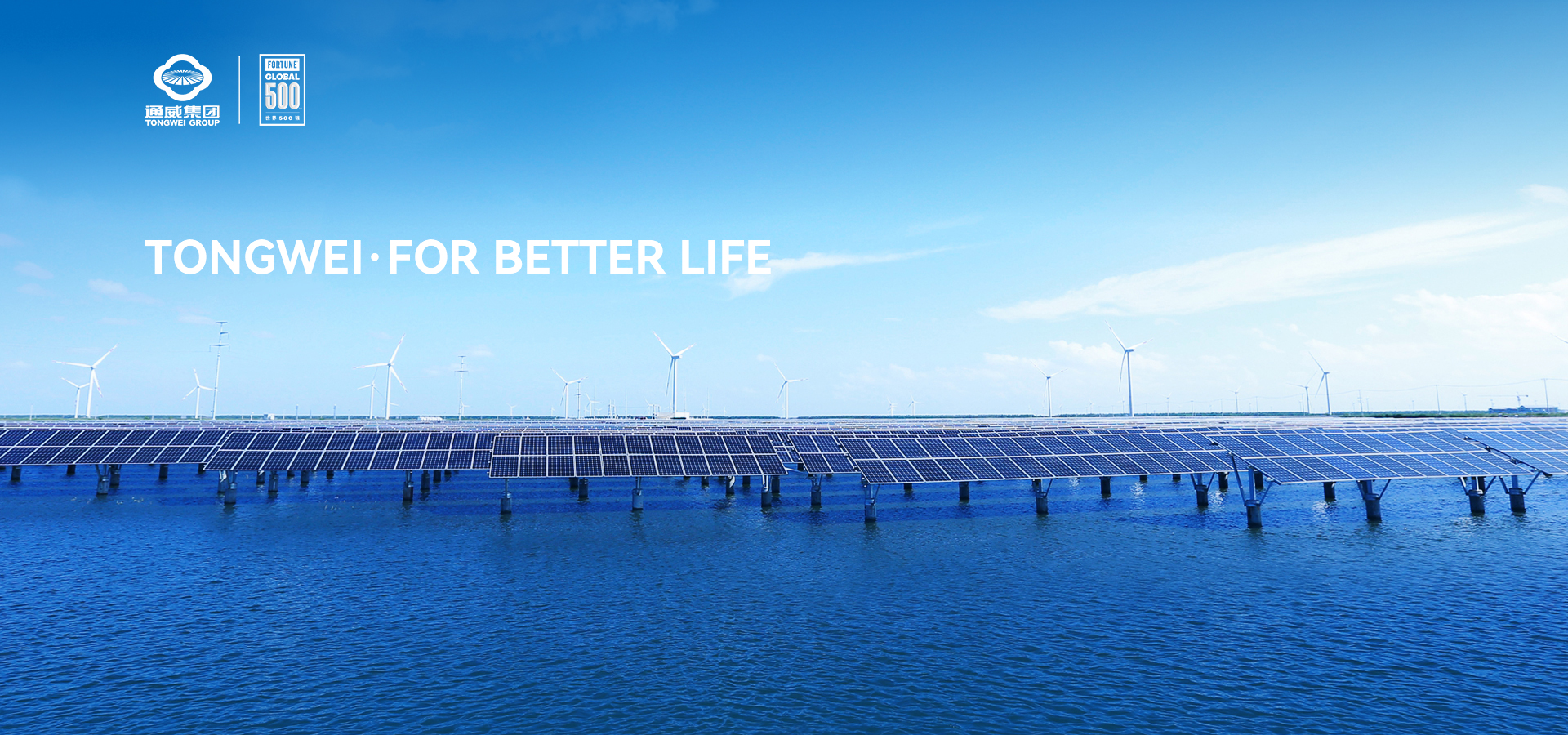2011-11-02
AGRICULTURE ministers representing Brics countries resolved to jointly build an agricultural information and digital platform to provide more accurate long-term market forecasts for food producers and purchasers in order to reduce market speculation, which could push up food prices.
There is increasing concern globally over surging food prices, which in SA have been one of the biggest inflation drivers. The ministers from Brazil, Russia, India, China and SA signed a declaration committing their countries to enhancing the co-ordination and communication with international and regional organizations such as the Group of 20, Food and Agriculture Organization and World Food Programme, during the three-day meeting in Chengdu, China.
October, 31, the delegation of over 60 people, headed by deputy minister of the Ministry of Agriculture, Niu Dun paid a visit to Tongwei Aquaculture Science and Technology Park. The visiting delegation visited TWASTP’s pharmaceuticals research & application lab, microalgae filament preservation room, genetics lab, microbial engineering research lab, microalgae cultivation middle stage test workshop as well as the RAS workshop.
Based on an in-depth understanding of industrial chain development and a profound grasp of the world’s aquatic food development trend, Tongwei fully constructs a standardized green aquaculture breeding base. With an investment of several hundred million yuan, Tongwei built Asia and the world’s biggest Tongwei Aquaculture Science and Technology Park (TWASTP) that covers freshwater and seawater fish farming, as well as freshwater and marine shrimp farming. Tongwei has fully initiated Tongwei ‘416 Program’ and becomes the forerunner in freshwater fish gene sequencing project in the world. The base owns China’s first-class testing center with physical and chemical detection equipment, as well as microbiological testing equipment.
Additionally, the Aquaculture Science and Technology Park has built automatic microalgae culture workshops, equipped with closed recirculating systems and smart glass greenhouses, which can conduct intelligent monitoring, large-scale cultivation, and harvesting. Rich in vitamins, protein, carbohydrates, lipids, minerals and other bioactive compounds, microalgae plant cells are widely used in livestock/poultry feed, and fish, shrimp, crab, shellfish bait. They can increase the survival rate, birth rate, and production of chickens, pigs, cattle, sheep and other animals, and can also enhance the appearance and color of fish meat. Currently, the trial stage of mass production has started.
Tongwei has started to form fries and larvae advantages in four major economic species of penaeus vannamei, tilapia, carp, and channel catfish. It owns one of China’s best quality cyprinus carpiovar fine breeds with good size, fast growth, and strong disease resistance. The production and sales exceeds 200 million per year, and gives further impetus to the feed core business.

